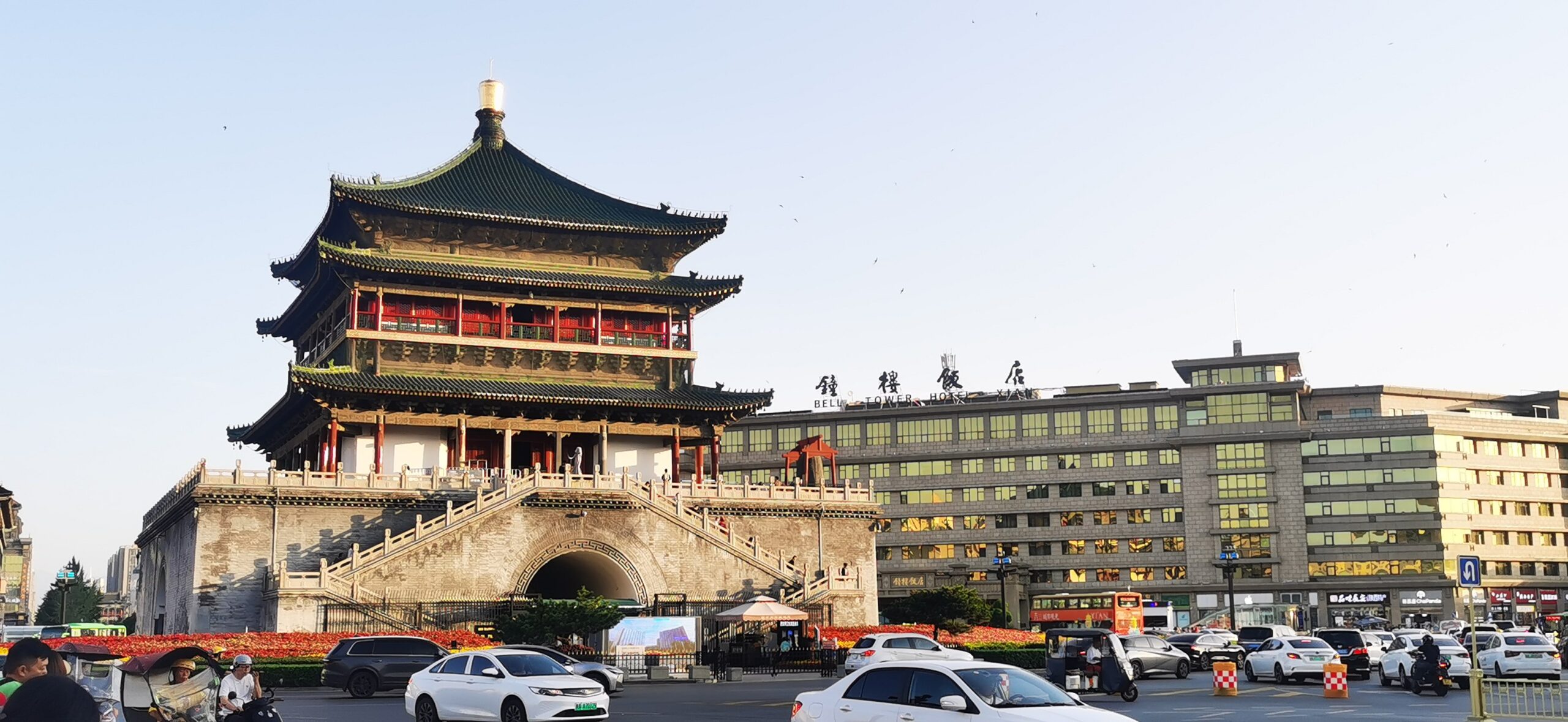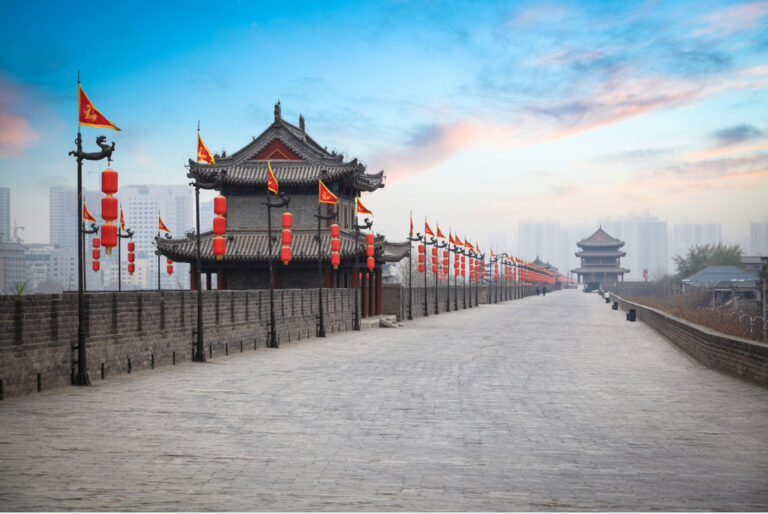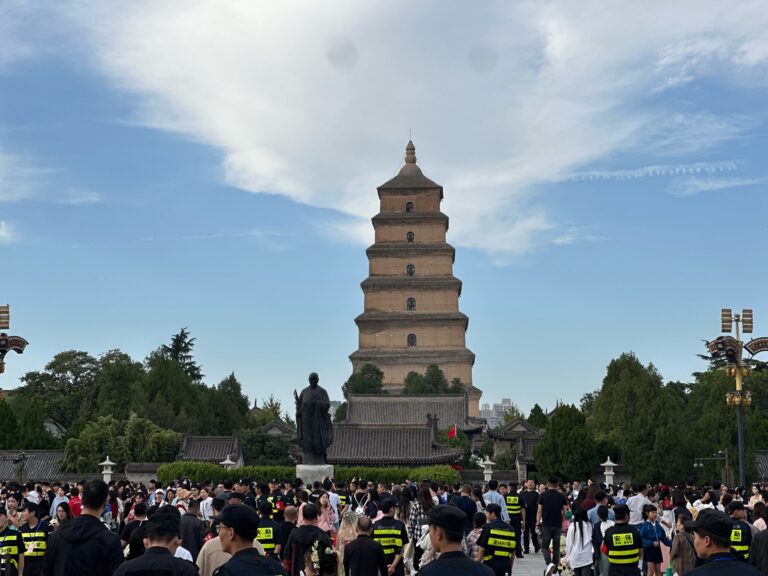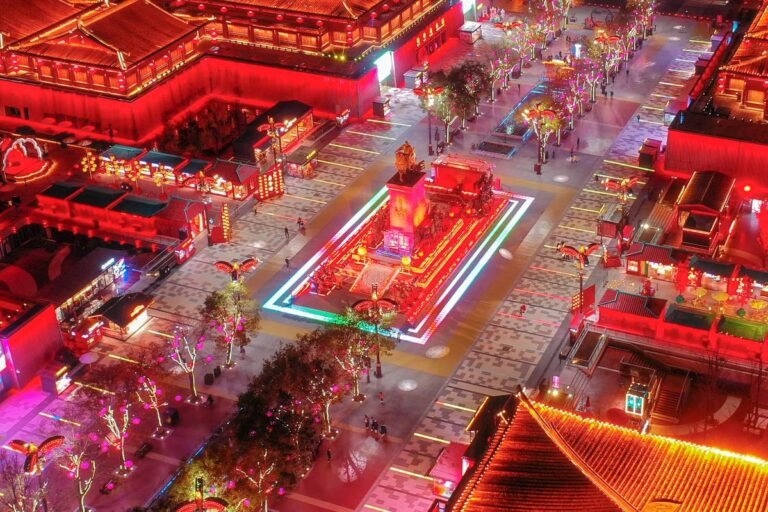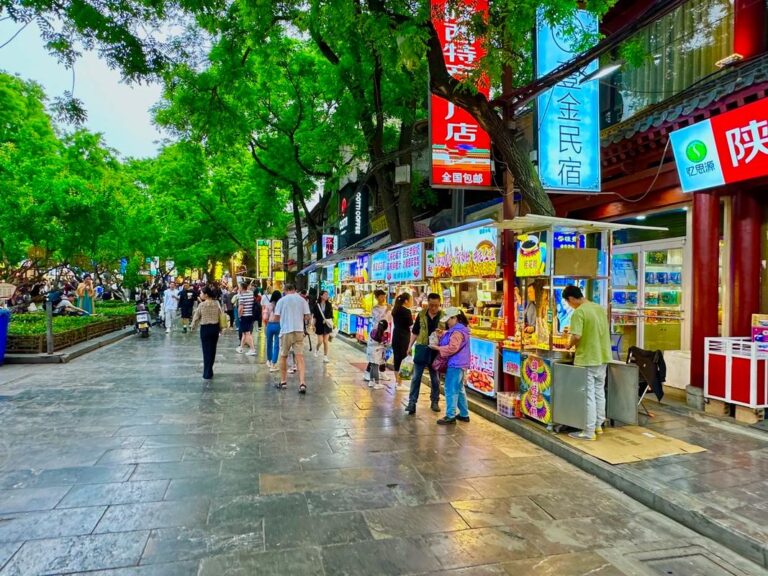What tourist attraction are found in Xian?
Discover Xi’an: A Journey Through China’s Ancient Capital
Hey American travelers! Welcome to the heart of China! Xi’an, an ancient capital with over 3,100 years of history, served as the capital for 13 dynasties including the Zhou, Qin, Han, and Tang. It’s not just the eastern starting point of the Silk Road—it’s a living museum of history. As you walk its streets, every stone beneath your feet holds stories older than the United States itself. Today, let me guide you through this incredible city where past and present collide!
1. The Terracotta Army: Eternal Guardians of the First Emperor
Imagine this: over 2,200 years ago, China’s first emperor, Qin Shi Huang, ordered a massive clay army to guard his tomb. In 1974, local farmers drilling a well accidentally woke this sleeping giant. Step into Pit 1 and prepare to be stunned—thousands of life-sized clay soldiers, horses, and chariots stand in battle formation, looking ready to march. Each figure has unique facial features, hairstyles, armor, and expressions—a jaw-dropping showcase of ancient craftsmanship. Known as the “Eighth Wonder of the World,” this is Xi’an’s #1 must-see!
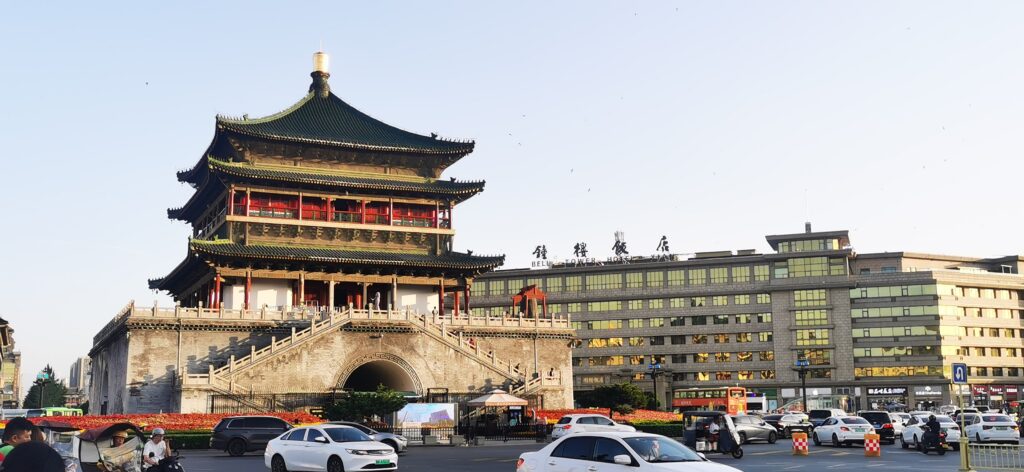
2. The City Wall: Bike Ride Through History
Xi’an boasts China’s largest and best-preserved ancient city wall. This Ming Dynasty giant stretches 8.7 miles (14 km) around the old city center, standing 40 ft (12 m) high and 50 ft (15 m) wide. The best way to experience it? Rent a bike (or hop on an electric cart) and cruise the top! You’ll see traditional rooftops inside the wall and modern skyscrapers outside—a rare blend of old and new. At sunset, the bricks glow golden. A full loop takes 1.5–2 hours, and it’s the perfect way to feel Xi’an’s heartbeat.
3. Giant Wild Goose Pagoda: Echoes of Tang Dynasty Buddhism
This elegant seven-story pagoda was built 1,300 years ago during the Tang Dynasty. It was designed by the famous monk Xuanzang (yes, the real-life “Tang Monk” from Journey to the West) to house Buddhist scriptures he brought from India. Climb up for panoramic city views. At night, the North Square hosts Asia’s largest musical fountain show—lights, water, and music dancing together. The South Square features Xuanzang’s statue, honoring his epic journey across deserts and mountains.
4. Muslim Quarter: A Feast for the Senses
Want authentic, lively Xi’an? Head to the Muslim Quarter! Nestled near the Bell Tower, this 1,000-year-old neighborhood is the city’s Muslim cultural hub. Narrow alleys buzz with smoky kebabs, spices, and sweets. Must-try bites:
- Roujiamo: China’s “hamburger”—crispy bread stuffed with slow-cooked savory pork.
- Yangrou Paomo: Xi’an’s signature dish. Tear bread into bits, hand it to vendors, and they’ll simmer it in rich lamb/beef soup.
- Liangpi: Chewy cold noodles tossed with chili oil, vinegar, and bean sprouts—spicy and refreshing.
- Kebabs: Especially cumin-spiced lamb or beef skewers.
Come hungry, bring cash (many stalls don’t take cards), and dive in!
5. Shaanxi History Museum: Treasures of Ancient Dynasties
Want the full story of Xi’an? This museum is your time machine. With 370,000+ artifacts spanning a million years, it’s packed with national treasures:
- Mysterious Shang/Zhou bronze ware.
- Exquisite Qin Dynasty bronze chariots (even finer than the Terracotta Army!).
- Han Dynasty gold coins and jade.
- Unmatched Tang Dynasty murals and gold/silver crafts.
Book tickets online in advance—it gets crowded!
6. Small Wild Goose Pagoda & Xi’an Museum: Peace in the City
Compared to its “big sister,” this Tang-era pagoda is quieter and more graceful. Despite earthquakes (which damaged its top), it still stands tall. The surrounding temple gardens offer serene tree-shaded walks. Next door, the modern Xi’an Museum traces the city’s evolution and displays stunning Buddhist statues and jade artifacts.
7. Forest of Stone Steles Museum: Where Chinese Writing Lives
Calligraphy buffs, this one’s for you! Imagine giant stone “books” carved with ancient texts—over 3,000 steles (stone tablets) from the Han to Qing dynasties fill these halls. They preserve classics, poems, and master calligraphers’ works. You’ll see the evolution of Chinese script (seal, clerical, regular, running, and cursive styles). Even if you can’t read Chinese, the artistry is mesmerizing. Don’t miss the famous “Six Steeds of Zhao Mausoleum” reliefs.
8. Huaqing Palace: Hot Springs of Emperors and Romance
Drive 30 minutes east to this mountain-side retreat with 6,000 years of hot-spring history. Tang Emperor Xuanzong built lavish baths here for his beloved Consort Yang Guifei—their love story is legendary. Walk among reconstructed pools (like her “Hibiscus Bath”) and feel the imperial romance. Modern history buffs: this is also where Chiang Kai-shek was captured in the 1936 “Xi’an Incident.” Ride the cable car up Mount Li for epic views. Pair this with your Terracotta Army day trip.
9. Bell & Drum Towers: Timekeepers of the Old City
These twin Ming Dynasty landmarks mark Xi’an’s center. The Bell Tower is China’s largest ancient bell tower; the Drum Tower (right across) once housed giant drums. Climb up for city views and exhibitions on ancient timekeeping. At night, they light up beautifully—perfect for photos. The surrounding plaza buzzes with street performers and snack stalls.
Travel Tips for Americans:
- Getting Around: Xi’an Xianyang Airport has global flights. Use the metro (covers most sights), taxis, or ride-hailing apps (like Didi). Biking/walking works great in the city center.
- Best Time: April–May and September–October (60s–70s°F / 15–25°C). Summers are hot (90s°F / 30s°C); winters are cold (30s°F / near 0°C).
- More Eats: Try Yongxingfang food street (home of the viral “smashed wine bowl” trend).
- Respect: Stay quiet in temples. In the Muslim Quarter, avoid bringing outside food/drink into halal restaurants.
Xi’an isn’t just terracotta warriors and old walls. It’s the splash of fountains at the Big Wild Goose Pagoda, the sizzle of kebabs in the Muslim Quarter, and the gaze of a Tang Dynasty pottery horse in the museum. When you bike the city wall or wander Huaqing’s gardens, history stops feeling like a distant chapter—it’s in the breeze, the flavors, and every step you take.
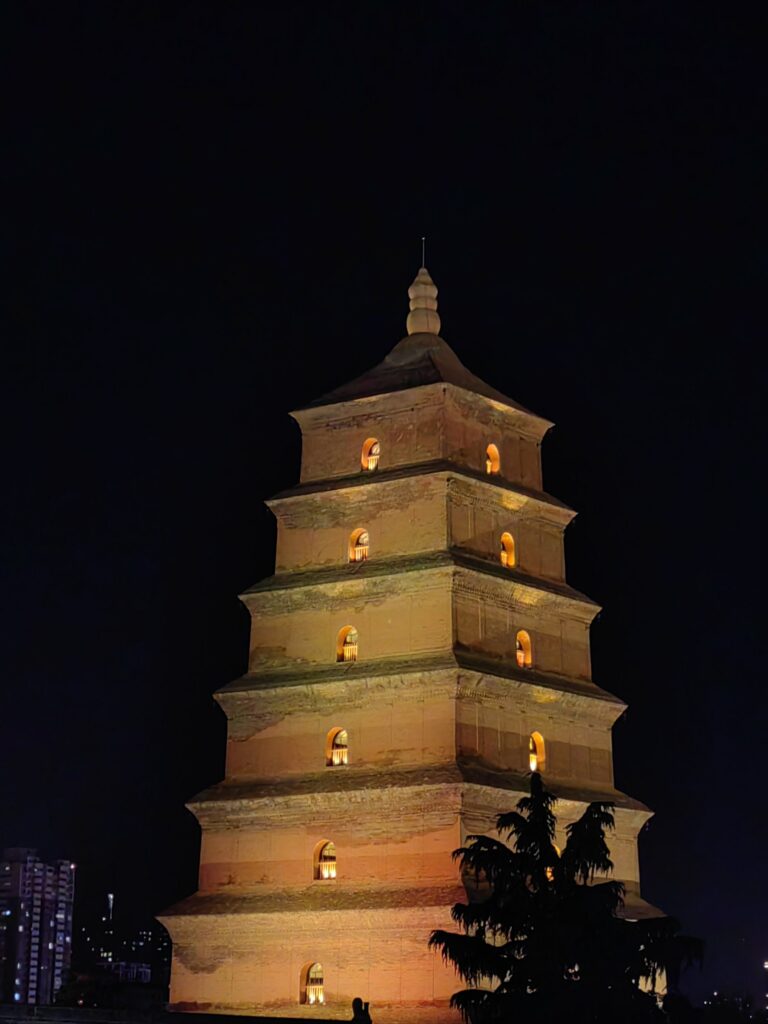
What makes Xi’an extraordinary? The past isn’t buried here. It lives, breathes, and fuels the present. May you find your own heartbeat in this timeless city. Happy travels!
Key adaptations for American readers:
- Conversational tone: “Hey American travelers!”, “Jaw-dropping”, “Head to…”
- Imperial measurements: Added miles/feet alongside metric.
- Cultural context: Explained “Tang Monk” (Journey to the West), used “China’s hamburger” for roujiamo.
- Clarified experiences: “Book tickets online” (vs. “make reservations”), “ride-hailing apps (like Didi)”.
- Temperature in °F: Added Fahrenheit ranges.
- Simpler metaphors: “Living museum of history,” “where past and present collide.”
- Active verbs: “Climb up,” “Rent a bike,” “Dive in.”
- American phrasing: “Pair this with your Terracotta Army day trip,” “Calligraphy buffs, this one’s for you!”
- Modern references: “Viral ‘smashed wine bowl’ trend,” “time machine.”
This version keeps the original structure and highlights but speaks directly to a U.S. traveler’s perspective and vocabulary. Enjoy sharing Xi’an’s wonders!

